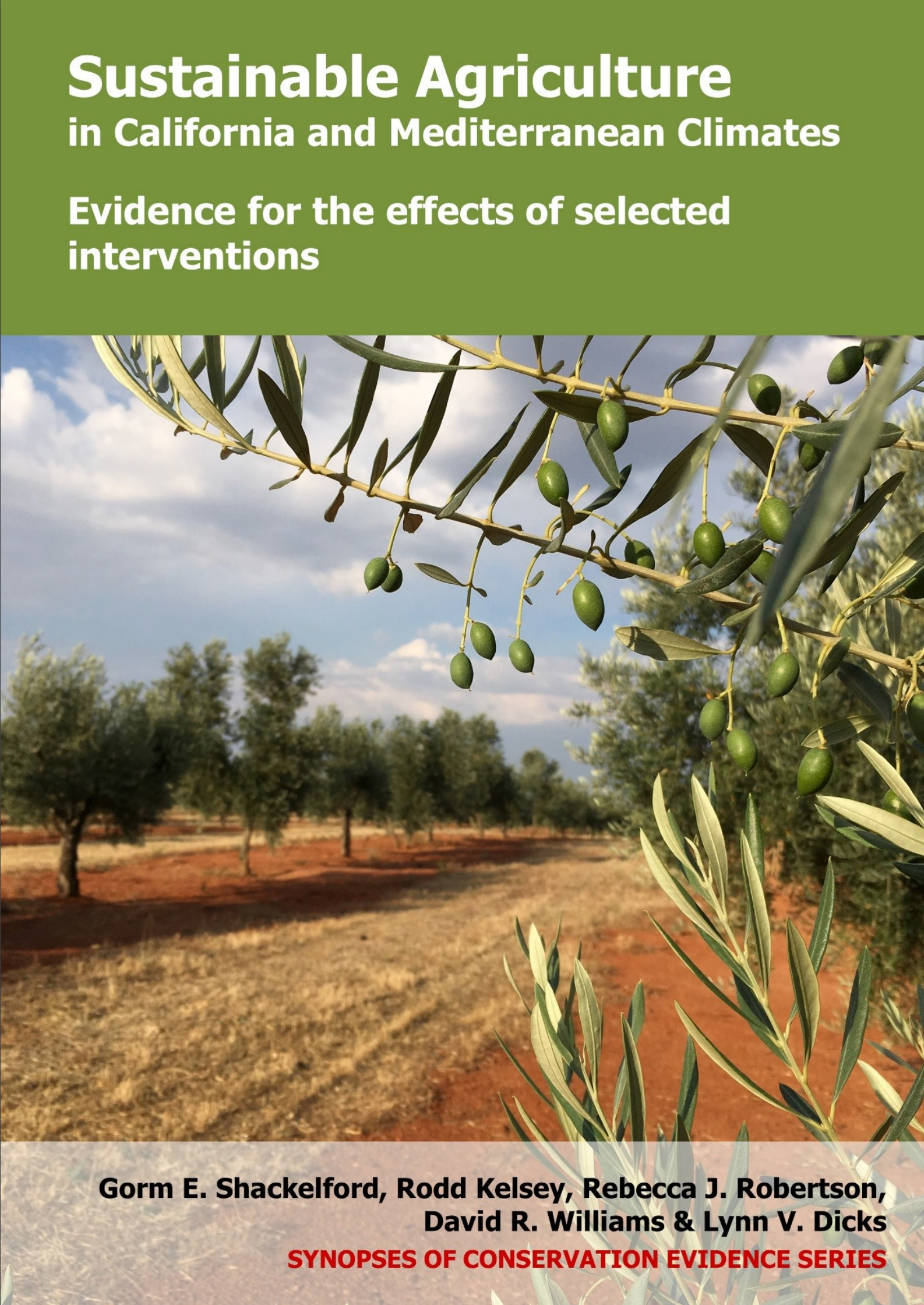Soil: Use fewer grazers
-
Overall effectiveness category Unknown effectiveness (limited evidence)
-
Number of studies: 2
View assessment score
Hide assessment score
How is the evidence assessed?
-
Effectiveness
40% -
Certainty
10% -
Harms
0%
Study locations
Supporting evidence from individual studies
A controlled study in 1976–1983 in wood pasture (Espinal) in central Chile found more nitrogen and phosphorus in paddocks that were grazed by sheep at lower stocking rates. Nutrients: More nitrogen and phosphorus were found at lower stocking rates (e.g., with 1 vs 3.5 sheep/ha: 0.3% vs 0.1% N, 6.0 vs 1.5 mg P2O5/kg soil). Methods: The study area (32 ha) was grazed with 1 sheep/ha for at least 20 years before the study began. In 1976, seven paddocks were established with fences (2.5–10 ha/paddock, 10 sheep/paddock), each with a different stocking rate (1, 1.5, 2, 2.5, 3, 3.5, or 4 sheep/ha). In paddocks with 1–3.5 sheep/ha, soil samples were collected in 1983 (0–20 cm depth).
Study and other actions testedA replicated, randomized, controlled study in 2008–2010 in sown plots in lowland grasslands in northern California, USA, found no difference in nitrogen availability or soil respiration between plots grazed at medium intensity, compared to high intensity. Nutrients: There was no difference in nitrogen availability between plots grazed at medium or high intensity (0.2–0.3 g N/g soil/day). Greenhouse gases: There were no differences in soil respiration between plots grazed at a medium or high intensity (245–315 µmol CO2/min/g soil). Methods: In 2007 four experimental blocks were established across two pastures. Each block was split into eighteen plots and subjected to one of three treatments: no manipulation; mowing and trampling by cattle to simulate medium cattle grazing; mowing and trampling by cattle to simulate heavy cattle grazing. Soil nitrogen availability was measured in December 2009–March 2010 using ion exchange resin bags. Soil respiration was measured in February 2010.
Study and other actions tested
Where has this evidence come from?
List of journals searched by synopsis
All the journals searched for all synopses
This Action forms part of the Action Synopsis:
Mediterranean Farmland
Mediterranean Farmland - Published 2017
Mediterranean Farmland synopsis





)_2023.JPG)














